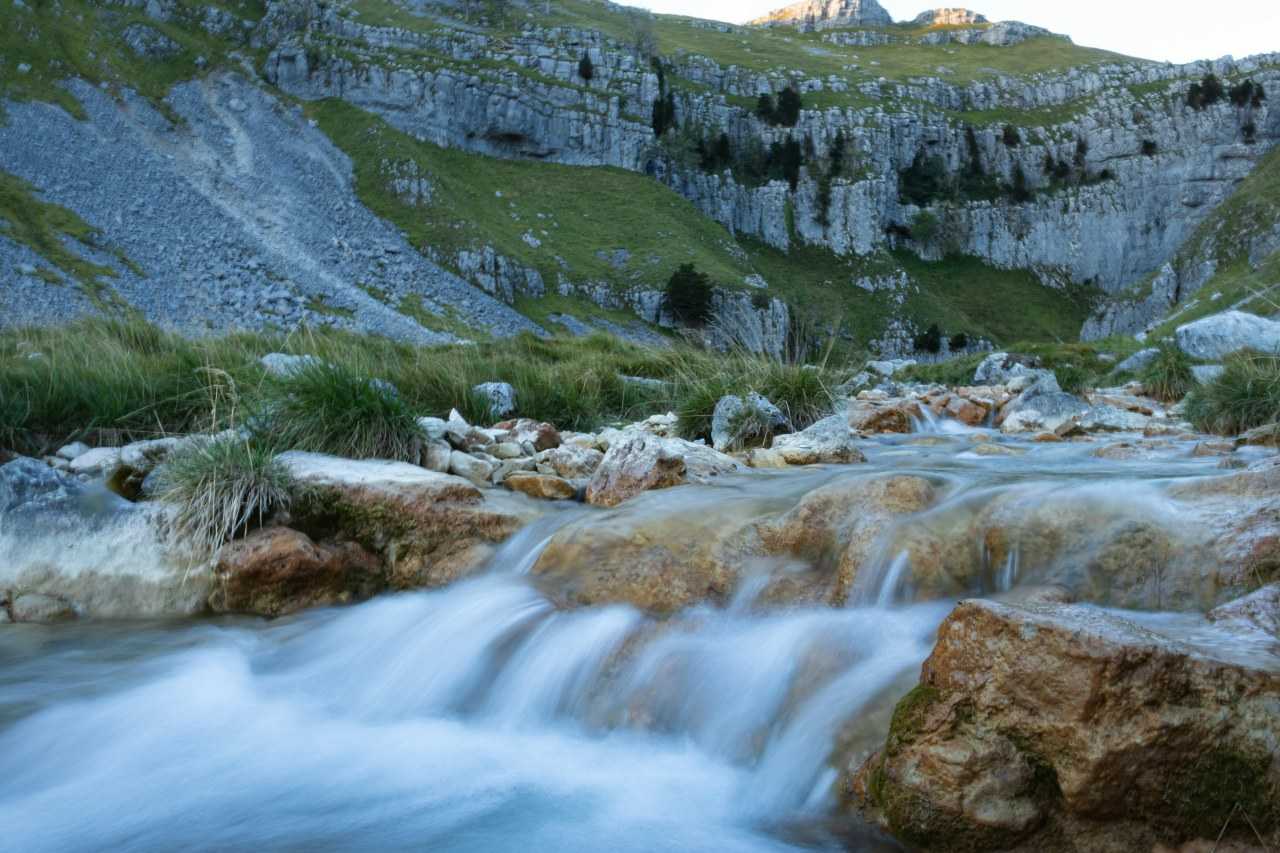UK National Parks

From The Broads wetlands to the granite tors of Dartmoor, the UK’s incredible national parks are our outdoor playgrounds. They are havens for wildlife, with thousands of miles of public rights of way – including 810 miles accessible to people with mobility issues – just waiting to be explored in stunning and diverse countryside. Which park is your favourite? Let Pitchup.com help you decide.
What is a National Park?
In the UK, a national park is an area of spectacular wild or cultural landscapes given over to leisure use by the population and protected by national law. Each one has its own characteristics and is overseen by an individual national parks authority, with much of the land in the possession of farmers and other private landowners.
All in all, 6,281 square miles of the UK are occupied by national parks; that breaks down to roughly 10 percent of the land area in England, with the largest being the Lake District (912 square miles), and The Broads the smallest (117 square miles). The three national parks in Wales cover almost 20 percent of the total land area, while Scotland’s two cover 7.5 percent of the country.
National Parks In England:
The Broads
Dartmoor
Exmoor
The Lake District
The New Forest
Northumberland National Park
North York Moors
The Peak District
The South Downs
Yorkshire Dales
National Parks In Wales:
Bannau Brycheiniog (formerly known as the Brecon Beacons)
Eryri (formerly known as Snowdonia)
Pembrokeshire Coast National Park
National Parks In Scotland:
Cairngorms
Loch Lomond & The Trossachs
Ten facts about the UK’s national parks:
- Our national parks are free to visit at any time
- They welcome more than 100 million visitors every year
- The Lake District is the most visited national park in the UK
- Cairngorms National Park is bigger than Luxembourg
- The UK’s oldest national park is the Peak District; it was site of 1932’s Kinder Scout Mass Trespass demanding the right to roam over countryside for everyone, and was eventually designated in April 1951
- People live and work in all the national parks
- As well as stunning landscapes, the UK’s national parks also protect about 4,500 ancient monuments, buildings of national importance and towns or villages of exceptional architectural merit
- Reconnecting with nature in our national parks helps with physical and mental health
- London became the world’s first National Park City in 2019, with the aim of connecting the populace with urban green spaces – around 48 per cent of the city is green or riverine space
- There are official campsites in each of the national parks. If you’re intending on wild camping, be aware of local restrictions before you leave home
How many National Parks are there in the UK?
There are currently 15 national parks in the UK; 10 of these are found in England. Moving north to south from Northumberland National Park, the list includes the Lake District, Yorkshire Dales and North York Moors, and the Peak District in Derbyshire. Norfolk is home of The Broads, while the South Downs slice through Hampshire, West Sussex and East Sussex. Next-door is the New Forest, and moving south-west, Dartmoor and Exmoor.
In Wales there are three national parks, with Eryri (formerly Snowdonia) in the north of the country, plus Bannau Brycheiniog (previously the Brecon Beacons) and the coastal Pembrokeshire National Park in the south.
Scotland has two national parks: the remote Cairngorms and the tranquil waterways of Loch Lomond and The Trossachs.
What’s the difference between a National Park and a National Landscape?
Introduced in late 2023, National Landscapes have replaced the 46 Areas of Outstanding Natural Beauty across England, Wales and Northern Ireland. The change came about to bring the significance of the former AONBs into line with the national parks, raising their profiles to prospective visitors (ie you) and hopefully increasing funding opportunities. Two of the most popular are the lush valleys and moors of Nidderdale in North Yorkshire, and the basalt cliffs of the Antrim Coast and Glens.
Scotland operates a separate scheme and currently has 40 designated National Scenic Areas, including the dramatic, jagged Cuillin Hills on the Isle of Skye and the softer landscapes of the River Earn in Perth and Kinross.
And remember, whether you’re visiting a national park or a national landscape, please always follow the Countryside Code.

The Broads Area Guide

Exmoor Area Guide
Brecon Beacons Area Guide

The Cairngorms Area Guide

Dartmoor Area Guide

Eryri Area Guide

Loch Lomond & The Trossachs Area Guide

North York Moors National Park Area Guide

The New Forest Area Guide

Northumberland National Park Area Guide

Peak District Area Guide

Pembrokeshire Coast Area Guide

Lake District Area Guide

South Downs Area Guide

Yorkshire Dales National Park Area Guide